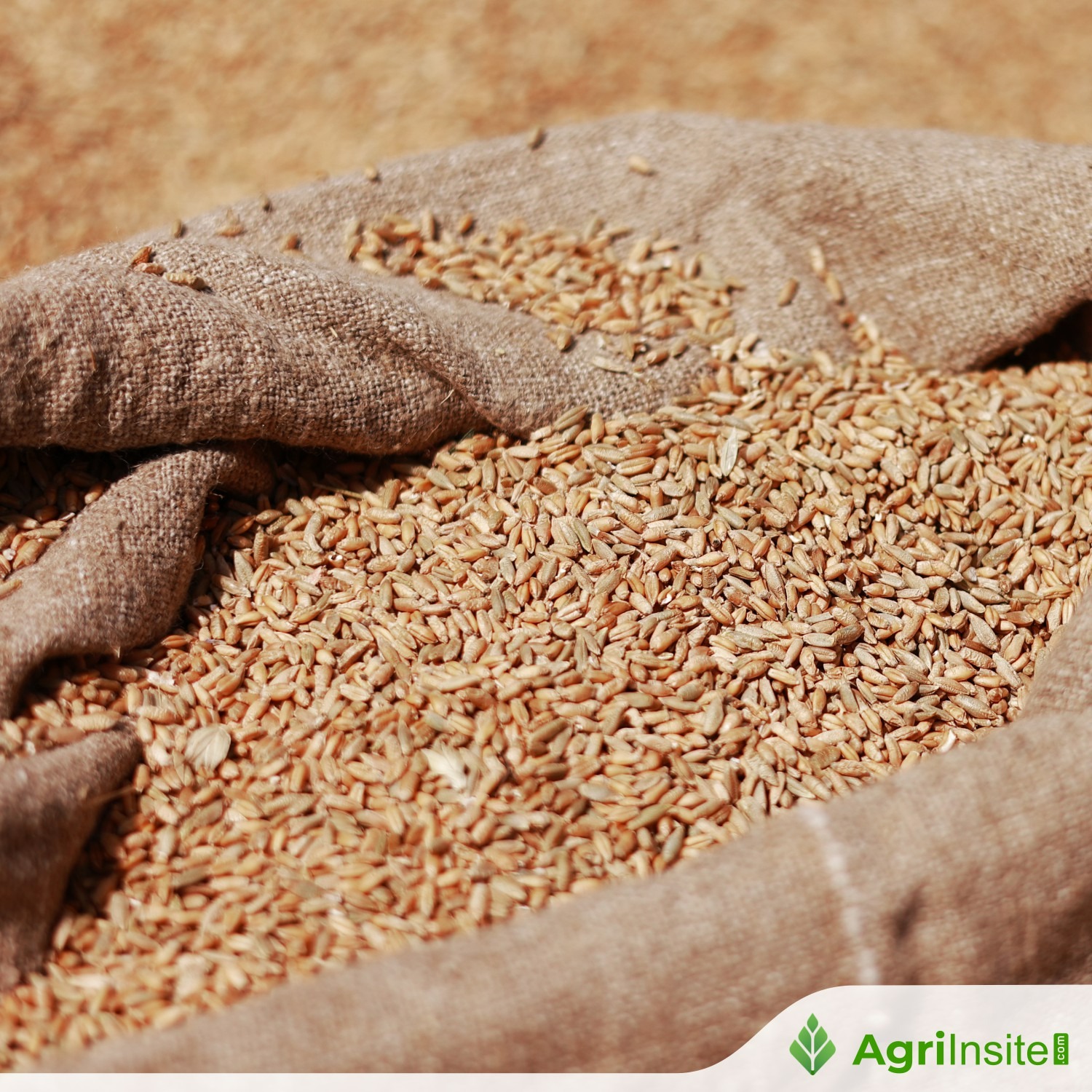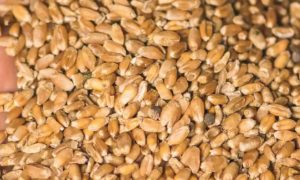India’s Wheat Boom Eases Prices, Ends Import Talk

India’s wheat harvest has exceeded expectations by 4 million tons, restoring stockpiles to 44 million tons and eliminating the need for imports. The Food Corporation of India procured 29.7 million tons—the highest in four years. Favorable weather, improved seeds, and better soil moisture boosted yields, easing global price pressure and stabilizing domestic food supply.
Kedia Advisory – India’s bumper wheat harvest in 2025 has exceeded expectations, restoring domestic stockpiles and eliminating the need for imports, contrary to earlier market speculation. With the Food Corporation of India (FCI) purchasing nearly 30 million metric tons of wheat – the highest in four years – and total stockpiles expected to reach around 44 million tons, domestic demand can be fully met. This development could put downward pressure on global wheat prices, especially amid strong output from major exporters and weakening demand from China. Favorable weather, improved seed varieties, and better soil moisture contributed to higher yields, especially in key states like Madhya Pradesh. The Indian government has ruled out both imports and export liberalization, focusing on stabilizing domestic availability and prices.
Wheat prices are likely to face downward pressure globally as India, the world’s second-largest producer and consumer, has achieved a robust harvest, surpassing previous years’ figures. Contrary to expectations of imports due to consecutive poor harvests and depleted reserves, India has bounced back with stronger production in 2025.
The Food Corporation of India (FCI) has already procured 29.7 million metric tons of wheat, the most in four years. Total procurement may hit 32.5 million tons, boosting total stockpiles to around 44 million tons—well above the 18.4 million tons required annually for India’s massive food welfare scheme. This eliminates the need for imports, which had been widely anticipated, and may contribute to falling international wheat prices amid ample global supply and tepid demand from major importers like China.
This turnaround was driven by favorable weather, resilient seed varieties, and good soil moisture from last year’s monsoon. Wheat prices had risen nearly 15% due to earlier shortages, prompting farmers to sow more. Farmers in premium wheat-growing regions like Madhya Pradesh reported notably higher yields, attributing the improvement to milder March temperatures.
The Indian government is now confident in managing domestic supply and prices. It has no plans to reduce the 40% import duty or seek wheat via diplomatic channels. At the same time, export restrictions will remain to ensure stock buildup.
With the 2025 harvest estimated between 109.63 to 115.4 million tons, India’s wheat outlook is strong—removing uncertainty from both domestic and international markets.
Finally,
India’s strong wheat harvest stabilizes local markets, boosts reserves, and removes the threat of imports, signaling relief for global prices and securing food supplies domestically.
To Read more about Wheat News continue reading Agriinsite.com
Source : Investing.com
















